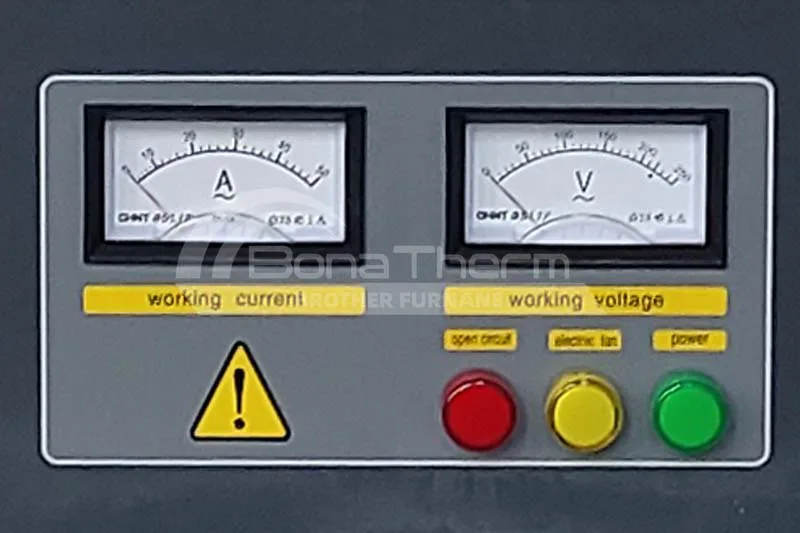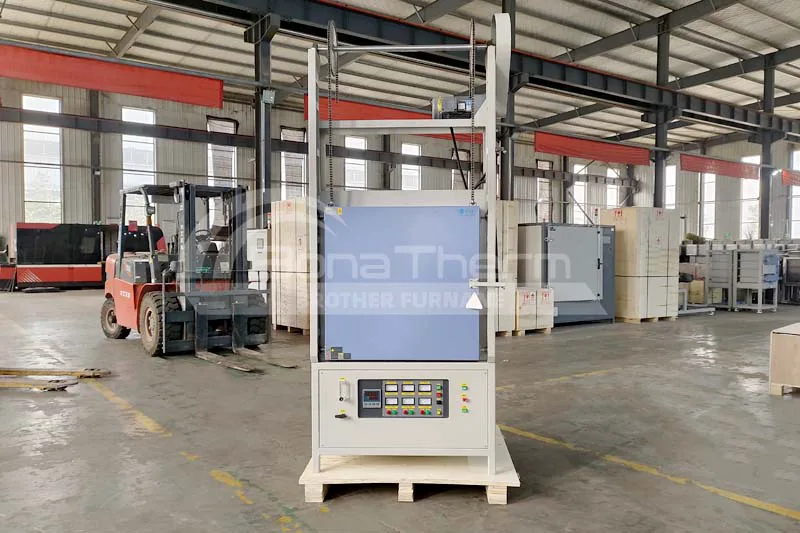1200 °C Chamber Furnaces: Essential Equipment for Sintering and Material Analysis in Modern Laboratories
High-temperature furnaces are pivotal in advancing research and production
capabilities in modern laboratories. Among these, the 1200 °C chamber furnace
stands out as a critical tool for sintering materials and conducting various
types of analyses.
This article will provide an overview of 1200 °C chamber furnaces, detailing their construction, applications, benefits, and what to consider when selecting the right one for your laboratory. Brother Furnace hopes that this article will better help you in your production and experimentation.
What is a 1200 °C Chamber Furnace?
1200 °C chamber furnace is a specialized heating device designed to reach
and maintain high temperatures, specifically up to 1200 °C. These furnaces are
essential for various laboratory processes, particularly in the fields of
materials science and engineering.
Key Components
The furnace comprises several critical components:
Heating Elements: Made from high-quality materials, these elements generate the necessary heat to achieve high temperatures. Common materials for heating elements include silicon carbide and molybdenum disilicide, which can withstand extreme conditions.
Insulation: High-performance insulation materials ensure minimal heat loss, enhancing efficiency and safety. Brother Furnace uses alumina polycrystalline fibers for furnace chambers to help maintain stable internal temperatures and protect customers from external heat.
Control Systems: Advanced digital control systems allow for precise temperature regulation and monitoring, ensuring accurate results. Brother Furnace features a programmable logic controller (PLC) for user-friendly operation.
Applications of 1200 °C Chamber Furnaces
Ceramics
In ceramic manufacturing, 1200 °C chamber furnaces facilitate the
densification of materials, producing high-strength components used in
electronics, aerospace, and medical applications. The ability to control the
temperature profile during the sintering process allows for tailored material
properties.
Material Analysis
In addition to sintering, these furnaces play a crucial role in material analysis. They are used for thermal analysis, phase transition studies, and investigating the thermal properties of materials. Researchers rely on the consistent high temperatures provided by these furnaces to conduct experiments that require precision and repeatability.
Metal Processing
In metallurgy, these furnaces are used for processes such as heat treatment, where metals are heated and cooled to alter their properties. This application is crucial in manufacturing components with specific mechanical characteristics, such as hardness and ductility.
Benefits of Using 1200 °C Chamber Furnaces
Precision and Control
One of the standout features of 1200 °C chamber furnaces is their ability to
offer precise temperature control. Accurate temperature regulation ensures
uniform heating, which is crucial for obtaining reliable results in experiments.
Temperature variations can lead to inconsistencies in material properties,
making precision essential in research and production settings.
Durability
The robust construction of 1200 °C chamber furnaces ensures a long lifespan, even under continuous use in demanding environments. High-quality materials and engineering standards contribute to their durability, reducing the need for frequent replacements and maintenance.
Versatility
These furnaces can handle various materials and processes, making them suitable for diverse applications. Researchers can sinter ceramics, analyze metals, or conduct thermal studies on polymers, all with the same equipment. This versatility simplifies laboratory operations and reduces the need for multiple specialized furnaces.
Key Features to Look For
When selecting a 1200 °C chamber furnace, several key features should be considered to ensure it meets your specific needs:
Temperature Control
Precise temperature regulation and stability are paramount for successful outcomes. The furnaces produced by Brother Furnace are equipped with advanced control systems that allow for accurate temperature settings and monitoring.
Build Quality
The materials and construction of the furnace significantly impact its
performance and safety. High-quality components, such as durable insulation and
robust heating elements, contribute to overall reliability.
User Interface
A user-friendly interface enhances operational efficiency. Look for furnaces with intuitive controls and programmable features that simplify the setup process and enable easy adjustments.
Safety Features
Essential safety mechanisms, such as over-temperature protection and automatic shut-off systems, should be included to safeguard both the equipment and personnel.
Capacity and Size
Selecting the appropriate size for your needs is critical. Consider the volume of materials you plan to process and choose a furnace with sufficient capacity. A larger furnace may be necessary for industrial applications, while smaller models may suffice for research laboratories.
If you have any special needs, Brother Furnace can provide you with
professional customized services.
Energy Efficiency
Energy consumption can significantly impact operational costs. Look for models designed for energy efficiency, as these can help reduce utility bills while maintaining performance.
Customer Support and Warranty
Good after-sales support and warranty terms are essential for addressing potential issues and ensuring long-term satisfaction. Brother Furnace could offer you comprehensive customer service and robust warranty options.
Success Stories
Many laboratories and industries have benefitted from using 1200 °C chamber furnaces of Brother Furnace. For instance, a prominent ceramics research lab reported significant improvements in the quality of their sintered products. They noted that precise temperature control allowed for more consistent results and enhanced mechanical properties in their ceramic samples.
Maintenance and Best Practices
Regular Maintenance
To maintain optimal performance and extend the lifespan of the furnace,
regular maintenance is essential. This includes checking heating elements,
inspecting insulation for wear, and ensuring control systems function correctly.
Establishing a routine maintenance schedule can prevent costly repairs and
downtime.
Safety Precautions
Best practices for safe operation include familiarizing users with the furnace’s features, conducting regular safety drills, and ensuring that all safety mechanisms are in place and functioning. Proper training for laboratory personnel is crucial to minimize risks.
Conclusion
In summary, 1200 °C chamber furnaces are essential tools for laboratories involved in sintering and material analysis. Their precision, durability, and versatility make them invaluable assets across various scientific and industrial applications.
As the demand for high-quality materials continues to grow, investing in a
reliable 1200 °C chamber furnace of Brother Furnace can enhance your
laboratory’s capabilities and support your research or production
objectives.
When choosing a furnace, consider key features such as temperature control, build quality, and safety mechanisms to ensure you select the right equipment for your needs.
For more information or purchasing inquiries, please feel free to contact us.
